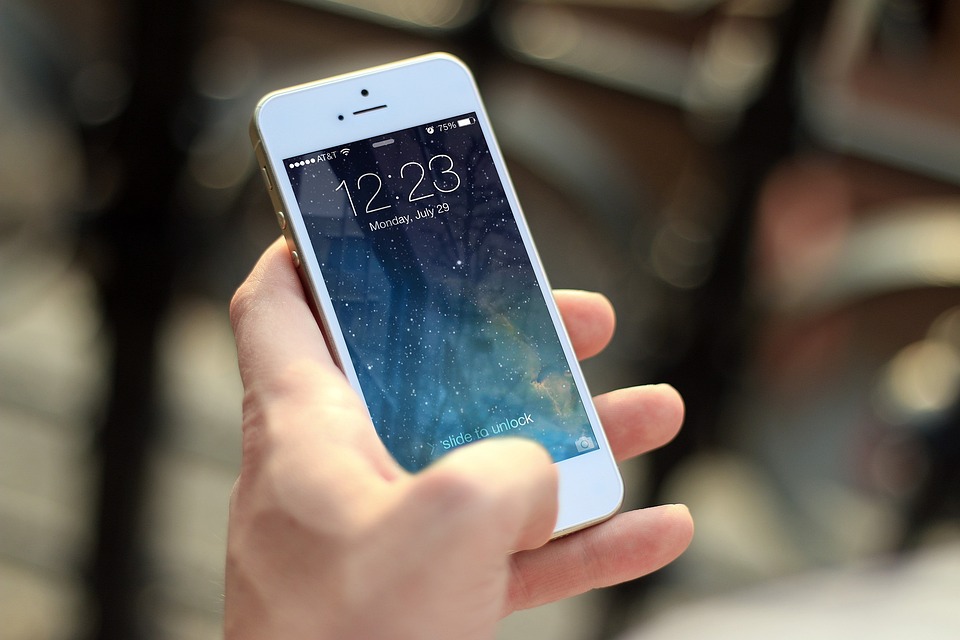Undoubtedly, Android has a greater advantage over iOS in terms of extending the functionality of mobile devices. Android has a host of applications that add more features to what the phone of tablet can do by default. Moreover, the installation of mobile apps provides third-party providers easy access to users when delivering their services. For instance, feed apps provide daily updates in real-time to users who read the news and weather reports using their mobile device. However, Android and Apple’s proprietary operating system aren’t the only firmware available to users.
Ubuntu for Android Phones and Tablets
The default Ice Cream Sandwich or Jelly Bean operating system in Android phones was developed from a Linux-based architecture. Although they perform well according to the hardware’s specifications, users who prefer an operating system similar to the one they have in their desktop computers or laptops can get Ubuntu for mobile use. Versions 12.x or higher of this Linux distro have been re-engineered to function with touch screens and run efficiently on portable electronic devices.
Ubuntu for Android works effectively on multi-core high-end phones and tablets. Users can open multiple tabs in browsers and open several applications at the same time. Plus, the tablet or smartphone can handle two workspaces together, too, just like with a desktop computer. Through over-the-air updates, the firmware gets upgraded with the latest version and allows more applications to work efficiently on its system. The software comes with default applications, such as the Ubuntu Music Player, Chromium Web browser, Google Calendar, Thunderbird E-mail client, Google Docs, VLC Player, Ubuntu Photo Gallery, PiTiVi, Gwibber and Android dialer.
Symbian Belle for Nokia Smartphones
Nokia has been a leader in the mobile industry. Most phone users probably started with a Nokia than any other brand. However, the advancements in mobile technology have shifted user preferences towards phones with operating systems that developers can create applications for quickly. This is why Android took the lead from iOS within a few years. This also means that Nokia must also change along with the trends.
In response, the company has developed Nokia Belle, which is the newest firmware update for their smartphones that operate on Symbian S60, which include Nokia N8, Nokia C7, Nokia C6-01, Nokia E7, Nokia X7, Nokia E6, and Nokia 500. Owners of these units may upgrade to Belle through the desktop suite or through their network provider. After the update, the new OS allows up to six home screens that can be customized with dynamic and live widgets. It has a pull-down taskbar and improved apps for navigation, image editing, and web browsing. On the whole, the new user interface has similar features as an Android phone.






More Stories
Your Pocket Powerhouse: Unlocking the Potential of Mobile Devices
The Future in Your Hands: Mobile Technology Trends and Advancements
Stay Connected, Stay Informed: The Role of Mobile Technology in Daily Life